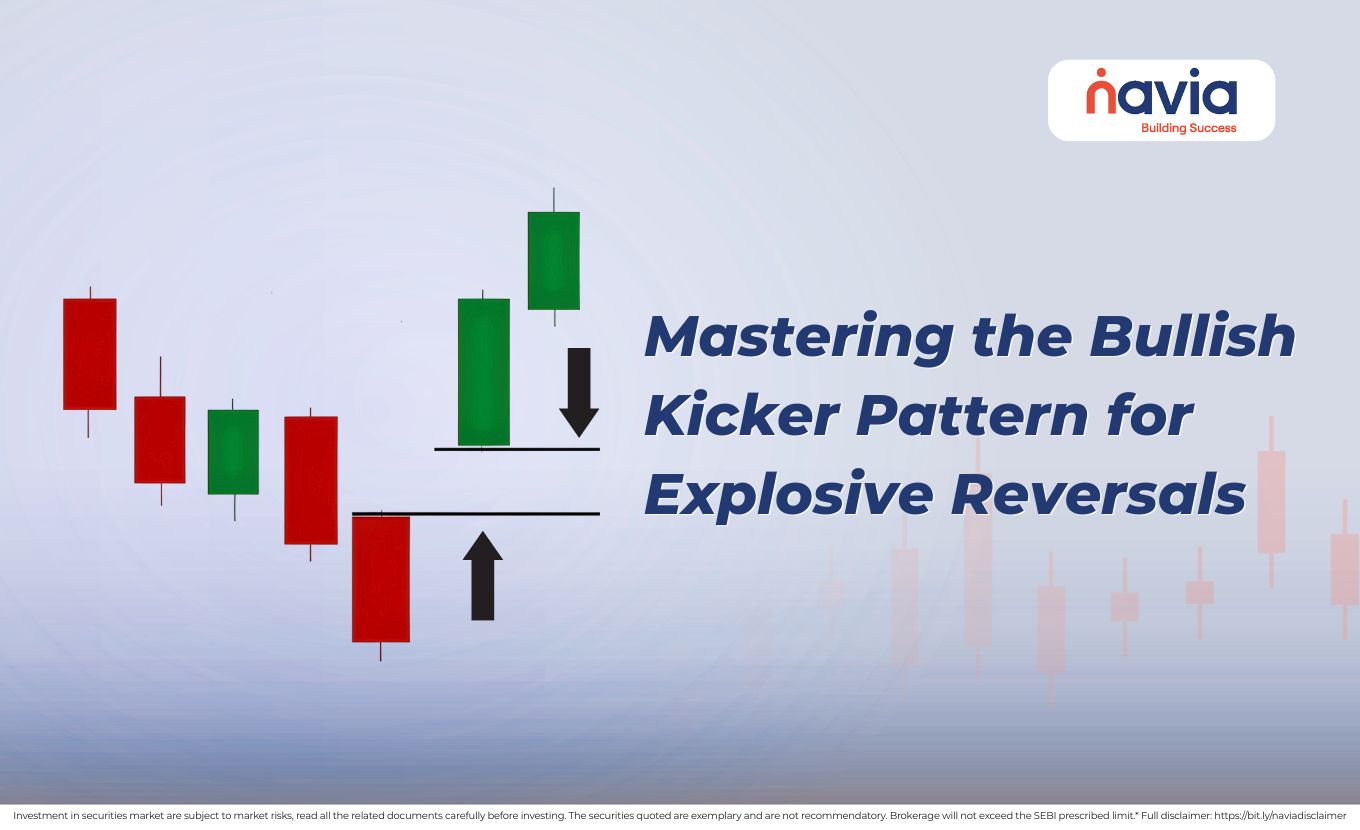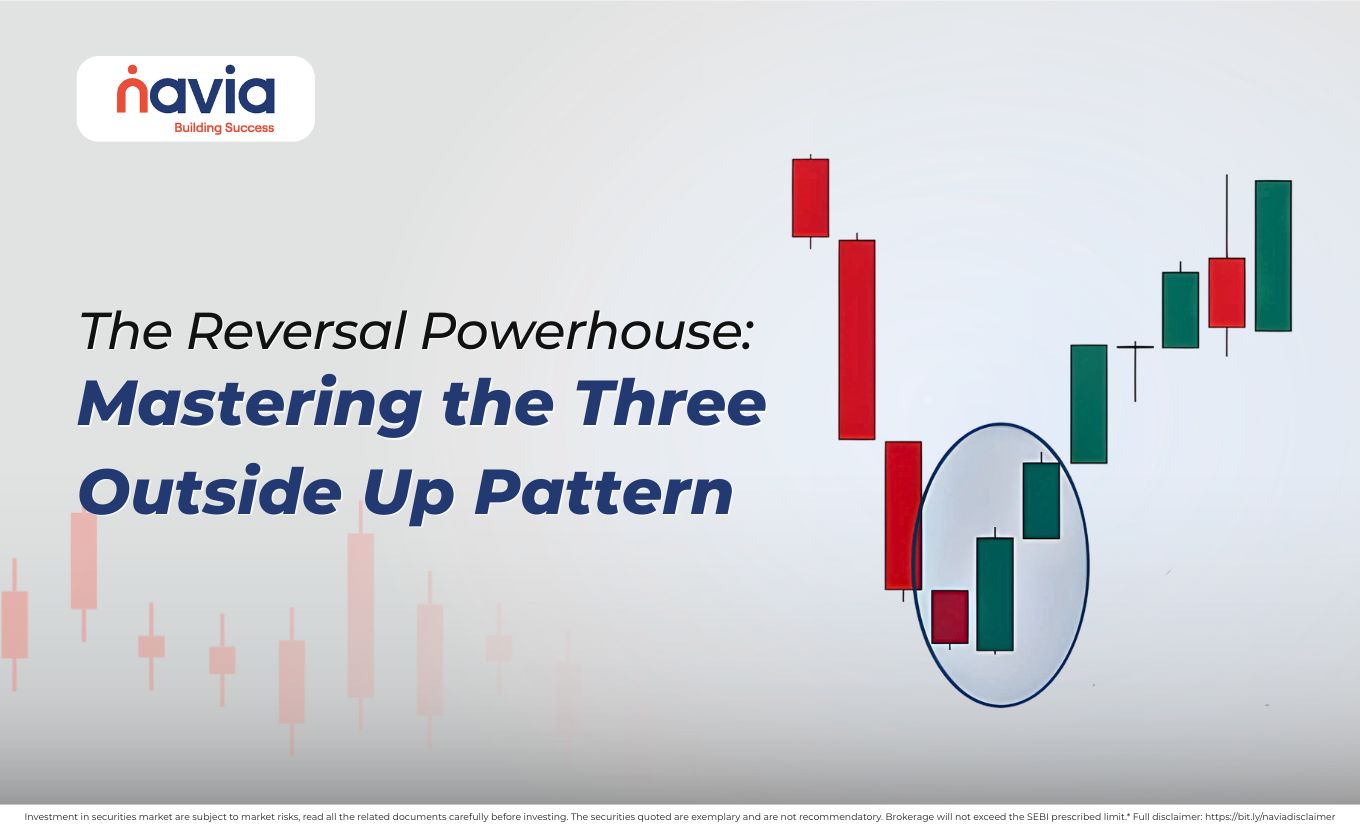What is Sector Rotation? And How It Impacts Your Portfolio?

The stock market doesn’t move in a straight line; it will outperform at different time and industries while others lag. The concept is similar for sectors too, so this cyclical pattern is known as sector rotation. Some investors use this strategy in an attempt to improve returns and manage risk.
If you are a beginner or a seasoned trader, understanding sector rotation in the stock market will help to align your portfolio with the rhythm and economic cycles. In this blog we can explore the sector’s rotation in detail and see how it will impact your portfolio.
What is Sector Rotation in the Stock Market?
Sector rotation means the movement of investments from one industry or sector to another, based on market conditions and economic changes. Investors shift capital between sectors such as energy, tech, healthcare, finance, and consumer goods; it depends on which is expected to perform best at a given time.
The idea behind industry rotation is that different sectors outperform during different phases of the economic cycle. When the economy is booming, the cyclical sectors may lead, and during downturns, defensive stocks often shine.
How Stock Rotation Works?
Sector rotation is tied with the economic cycle and that includes four stages;
1. Expansion Phase- Economic activity grows so the consumer confidence automatically increases
2. Peak Phase- Growth will be slow and inflation may rise
3. Contraction/Recession Phase- Economic slowdown and declining earnings
4. Recovery Phase- Economy begins to rebound; investor optimism returns
If investors track where they are in this cycle, they can easily implement sector rotation strategy to shift their holdings towards sectors and get the benefit in current and upcoming phase.
Sectoral Rotation Strategies
You can implement several approaches to execute sector rotation strategies. Some of them are detailed below;
Balance Between Cyclical and Defensive
Maintaining a mix of cyclical stocks (performing well) and defensive stocks (offering stability during downturns) helps to reduce risk and smoothen portfolio performance across market cycles. It ensures growth during upswings and protection during recessions.
Invest in Dividend Yield Stocks
Dividend yield stocks offer regular income through dividends and tend to be less volatile. They can provide steady returns even during uncertain markets, making them a preferred choice for long-term and income-focused investors.
Diversify Across Market Cap
Allocating investments across large-cap, mid-cap, and small-cap stocks spreads risk and captures opportunities in different segments of the market. Large-caps offer stability, while mid- and small-caps bring potential for higher growth.
Frequently Rebalancing
Portfolio rebalancing involves adjusting asset allocations periodically to maintain your intended risk-reward ratio. As market movements shift your portfolio weightings, rebalancing ensures you stay aligned with your investment goals and risk tolerance.
What are the Benefits of Sector Rotation?
| Factors | Definition |
|---|---|
| Enhanced Returns | By shifting capital to sectors that are performing well or are expected to do so, investors can potentially outperform broad market indices. |
| Risk Management | Avoiding underperforming sectors helps reduce portfolio drag, especially during economic slowdowns. |
| Diversification | Rotating between sectors encourages portfolio diversity across different industries. |
| Dynamic Exposure | Instead of sticking with static asset allocation, rotation provides flexibility to adapt based on current data and economic cues. |

Drawbacks of Sector Rotation
| Factors | Definition |
|---|---|
| Requires Market Timing | Successfully rotating sectors requires knowing not only where we are in the cycle—but also what’s coming next. That’s not easy. |
| Higher Costs | Frequent rebalancing or trading may result in transaction costs and potential tax liabilities. |
| Can Underperform | If sector rotation is mistimed, your portfolio might lag a simple buy-and-hold strategy. |
| Overreacting to News | Relying too heavily on media and short-term sentiment can lead to irrational moves. |
Wrap Up
Sector rotation is a thoughtful investment approach that can enhance performance if executed correctly. Some investors attempt to align portfolios with economic cycles, though this requires careful research and carries risk. So, it’s necessary to use solid research, avoid impulsive decisions, and consult with a financial advisor if you are in doubt.
You can take your investing game to the next level by analyzing sector rotation graphs, tracking ETF flows, and watching earnings cycles. Navia provides tools and resources to help you understand sector rotation and track market movements.
Do You Find This Interesting?
Frequently Asked Questions
How do I know where to move my money depending on the economic cycle?
Study the macroeconomic indicators like GDP growth, inflation, interest rates, and employment data. Match sectors to economic stages: defensive sectors during recessions and cyclical sectors during recoveries.
What is the meaning of sector rotation?
Sector rotation refers to the practice of moving investments between different sectors of the economy based on where we are in the business or market cycle.
What is an example of sector rotation?
Historically, in recovery phases, sectors like banking and infrastructure have sometimes outperformed, though outcomes vary.
Is sector rotation a long-term strategy?
It can be both short-term (based on earnings or sentiment) or long-term (based on macroeconomic cycles).
What tools help with sector rotation?
Sector ETFs, sector rotation charts, economic calendars, and technical indicators like relative strength and moving averages can be useful.
DISCLAIMER: Investments in securities market are subject to market risks, read all the related documents carefully before investing. The securities quoted are exemplary and are not recommendatory. Full disclaimer: https://bit.ly/naviadisclaimer.






